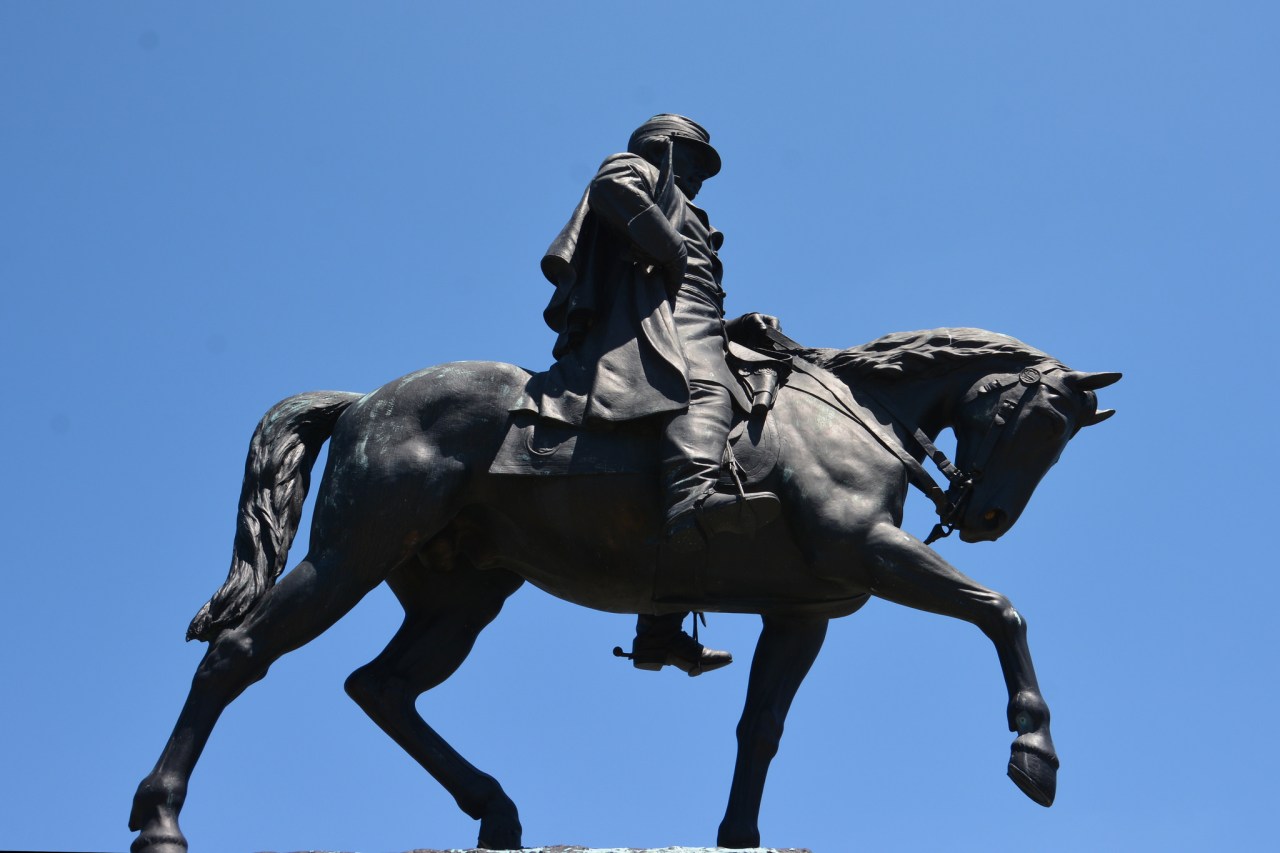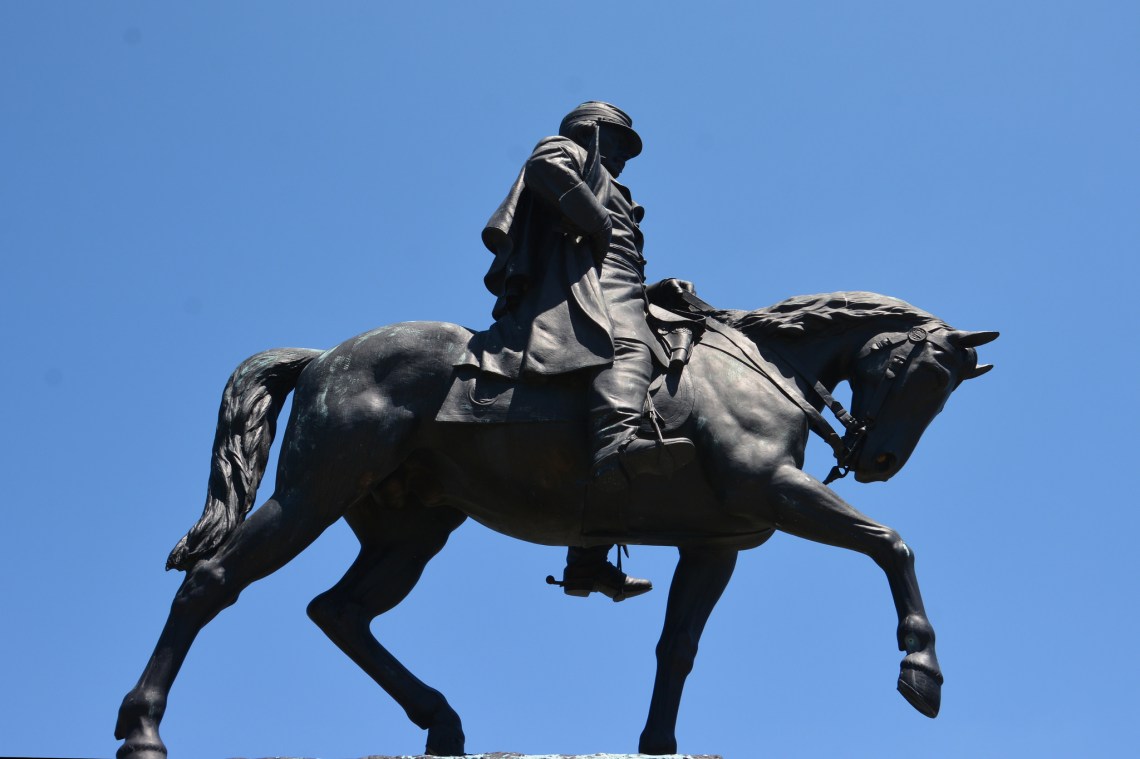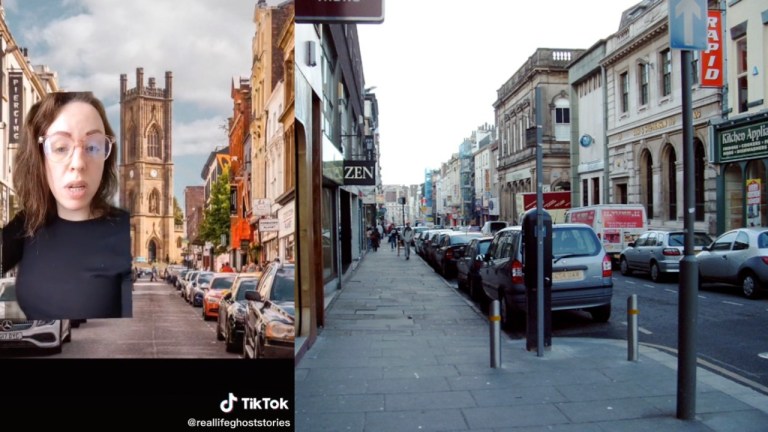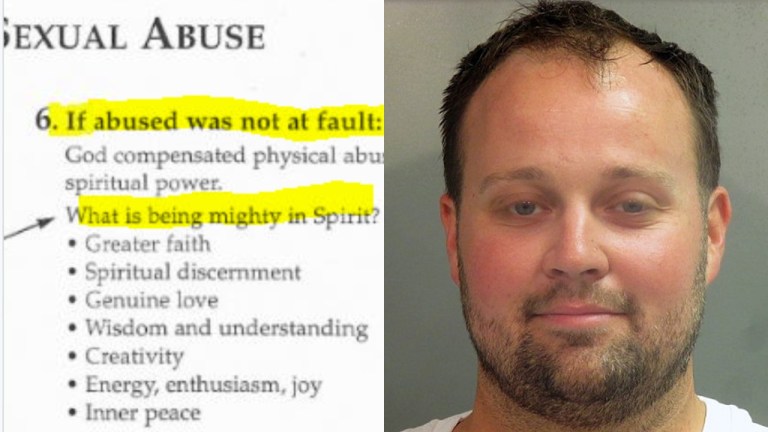The Unfortunate Consequences Of ‘Correcting History’
While it is certainly understandable why people would want to do away with C.S.A. iconography, it’s nonetheless a fruitless undertaking - if not one devoid of reason.
By James Swift


Recently, the City of New Orleans took down several statues of Confederate leaders, which critics have long condemned as monuments to white supremacy.
Such comes about two years after a mass shooting in South Carolina, in which a self-described racist – whose best friend, somehow, was black – murdered nine African-American worshippers. The immediate reaction in many state legislatures was to draw up laws and resolutions barring the Stars and Bars from state property. The city of Memphis went as far as to literally exhume the 150-year-old corpse of a Ku Klux Klan leader from a local park. Meanwhile, not knowing what else to do, TV Land decided to scrub The Dukes of Hazzard from its lineup, because the Confederate battle flag was just too dadgum prominent a setpiece.
While it is certainly understandable why people would want to do away with C.S.A. iconography, it’s nonetheless a fruitless undertaking – if not one devoid of reason. Since it’s impossible to “kill” ideologies, I suppose finding ways to kill symbols is the next best thing. Unfortunately, doing away with icons and insignia won’t do anything to atone for the sins of the past – and it certainly won’t do much of anything to deter the same old mistakes of history from being repeated.
I find it ironic that the mayor of New Orleans referred to the monuments as celebrations of “the lost cause of the Confederacy,” since tearing down statues as a symbolic response to the institutional prejudices of 60 years ago is … well, an even bigger lost cause.
More and more we’re witnessing elected officials hopping on the historical correction train. No, this isn’t the same thing as historical revisionism – that’s simply an attempt to change the popular narrative of events. What we’re seeing in New Orleans is an honest-to-goodness physical attempt to not only change history, but defeat it.
It’s no longer enough to say that “yes, in the past, regrettable and very bad things happened.” In fact, we’ve been persuaded to do anything but objectively reflect on history as something that happened in a vacuum. By jackhammering Robert E. Lee statues into dust and yanking down rebel flags and literally defacing the tombs of Klan members, we’re trying to symbolically accomplish that which is physically impossible: alter the course of our shared history that got us where we are today and make it inconceivable to view the past through anything but our collective, contemporary, ideologically-biased perspectives.
It’s a self-contradicting mission, though. Just take a look at Europe, where several nations have stringent laws barring the display of any Nazi iconography (indeed, people have been jailed in Germany for taking photos of their dogs giving “heil Hitler” salutes.) The idea, I suppose, is to make the notion of anything Hitler and his goose-steppin’ subordinates believed in quite literally unthinkable under the threat of legal punishment. So if you wave a swastika on your porch or go on Facebook and say you think Holocaust numbers are inflated, there’s a 100 percent chance you’re going to be arrested and likely imprisoned for a very long time … even if you’re almost 90-years-old.
So, to defeat fascist ideology, they reckon, the only sensible solution is to combat it with a different type of fascist ideology – one that will imprison you in the name of tolerance and cultural understanding.
There are a lot of parallels between Europe’s stance on Nazi iconography and what many states are doing to Confederate imagery today. They basically have the same, respectable premise: these flags and signs and slogans and statues and sayings are emblematic of a hate-filled culture that killed a whole bunch of people so if we take them out of clear view of public, wayward ne’er-do-wells in our age won’t get inspired to wreak the same kind of havoc. The problem, of course, is that at the same time these folks are desperately, direly trying to do away with public recognition of the verboten iconography, they’re also gripped in a never-ending crusade to trudge up the atrocities committed by the people behind that verboten iconography at any and all opportunities.
You know, this is going to be a controversial stance, but personally, I think the Holocaust and the Atlantic Slave Trade were both bad. Of course we should remember everybody killed by Nazi forces (at least 20 million victims) and the millions of African slaves who toiled in servitude from 1525 to 1866. But you can’t talk about these issues without bringing up the Nazis and slaveholders themselves. It’s literally impossible to memorialize the victims without reflecting on who victimized them and turning them into literally unspeakable, Voldemort-type figures does a terrible disservice to history and ourselves.
How does tearing down a statue of Stonewall Jackson in the year 2017 do anything to lessen racial intolerance? Does anybody out there honestly think refusing to bake cakes with rebel flag frosting is enough to stop racism dead in its tracks? Is a Detroit art gallery torching the C.S.A. battle emblem going to stop one hate crime from transpiring? Is taking the name “Robert E. Lee” off street signs going to do anything at all to decrease the achievement gap between black and white elementary students?
None of these things do anything to address contemporary problems. You can pat yourself on the back for yanking apart that granite statue of Pierre Gustave Toutant Beauregard, but deep down you have to know it accomplished virtually nothing. The same racial problems that existed last week are going to keep happening next week, too. Outside of giving you a strictly symbolic victory over the ghosts of a nation-state that dissolved 150 years earlier on the taxpayers’ dime, there’s not a whole lot to celebrate.
As the old platitude goes, the winners write the history books. And since the C.S.A. lost the Civil War, the entire Southeastern U.S. has ever since been scapegoated as the driving force of racism and white supremacy in these United States. Alas, if the C.S.A. statues are indeed tributes to white supremacy, what does that make the Washington Monument? There’s a giant, blindingly white penis-shaped ode to a man who literally owned slaves smack dab in our nation’s capital. And why isn’t anybody protesting the Lincoln Memorial? In an 1858 debate, he literally said he was a white supremacist, proudly declaring “there must be the position of superior and inferior, and I as much as any other man am in favor of having the superior position assigned to the white race.” Shit, if you’re going to torch the Confederate flag as a symbol of white oppression, you might as well torch Old Glory as well, since it promoted slavery for 200 more years than the C.S.A. And if promoting slavery is the grandest sin of them all, you better get ready to burn a mountain of maps of Nigeria and Ghana, since West African rulers were the ones who sold the bulk of slaves during the Atlantic trade.
But the C.S.A. is the designated cultural enemy and the only culturally correct interpretation of the Stars and Bars is “I’m racist.” And rather than spread the blame for racism, bigotry and prejudice around – how funny is it that we’ve forgotten most of those monuments dedicated to the irredeemably racist C.S.A. were built or commissioned, almost invariably, by Democrats – we’ve decided the best course of action is to simply pin the blame on anything and everything Confederate-themed.
Maybe there will come a day where C.S.A. iconography is every bit as forbidden in the States as Nazi imagery is in Germany. With all these statues of Robert E. Lee being literally dumped into landfills, I’m sure a lot of people out there feel that some form of emotional justice has been served. But chucking those statues into the dirt doesn’t change history, and it certainly doesn’t change human nature. Racism and intolerance and supremacist ideology predates the Confederacy, predates America and even predates white people. Even if the C.S.A. is indeed the great evil signifier of white oppression oh so many claim it to be, getting rid of Confederate iconography is still nothing more than a symbolic attack on real white oppression.
Instead of eradicating C.S.A. imagery from the public consciousness, maybe it’s more fruitful to study the philosophy and history of the C.S.A., to understand how its leaders thought and where their supremacist ideals stemmed from.
You know, there’s an old saying about people who forget history. And I can only imagine the consequences are even worse for people who are actively trying to destroy it. ![]()




